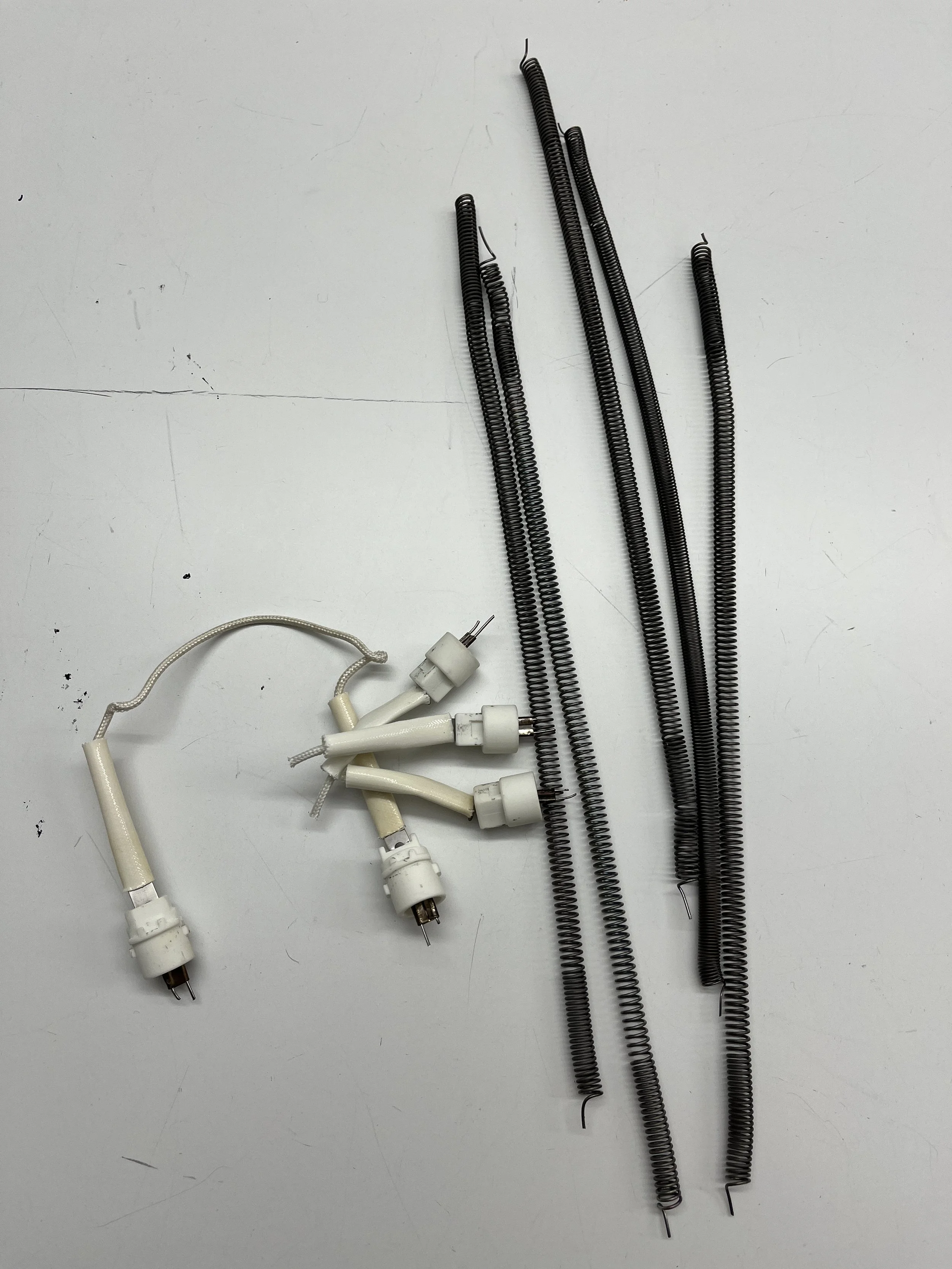micro:bit
The micro:bit is a “pocket-sized computer” and educational tool. It’s comprised of many different sensors including an accelerometer, temperature sensor, light sensor, LED array, speaker, buttons, compass (magnetometer), touch sensor, sound sensor, capacitive touch button, and radio. I’ve played with one before but did not know it had so many great features. You can use the web editor MakeCode to visually write code and upload it to the micro:bit. The homework was to create three children’s toys with our micro:bit’s.
The site showcases a lot of documentation and fun examples to get you started coding. I went through quite a few like sun shine, dice, Farenheit thermometer, and reaction timer. Lily and I also tried out the radio functionality between our two micro:bit’s and we found they have a range of almost the whole ITP floor! Below is some of the code from my explorations.
Planning
Make something that moves
The idea for this toy was to teach photosynthesis by “growing” (spinning) the flowers when the light sensor was uncovered and receiving light. The flowers should stop “growing” when the light sensor is covered. I used my multimeter to check that my logic was working but the motor wouldn’t turn when connected to a digital pin at 3.3V. The motor turned fine attached to the 3.3V pin itself. I really have no idea why this would make any sense…
Found these springs on the junk shelf. Chop the heads off!
Lily shared her pink paper with me!
Cut into 5x5 inch squares for some origami.
Folded origami lilies in honor of Lily!
Hot glue the flowers to the springs.
Hot glue melted the plastic cup so I made this cardboard reinforcement to glue my flowers into the cup.
Ta da!
Make something that interacts
I created this really simple toy in which the frowny face turns into a smiley face when the hands are touching each other. Not sure it teaches an aspect of science tho.
Make something that responds
In hypercinema last semester we followed a tutorial to make a “Roll a Ball” game in Unity. I decided to make a similar toy using the micro:bit’s accelerometer. As the child tilts the micro:bit the lit up LED changes positions on the screen. I referenced this code, but customized it to be more granular. This toy could teach children the concept of gravity.












